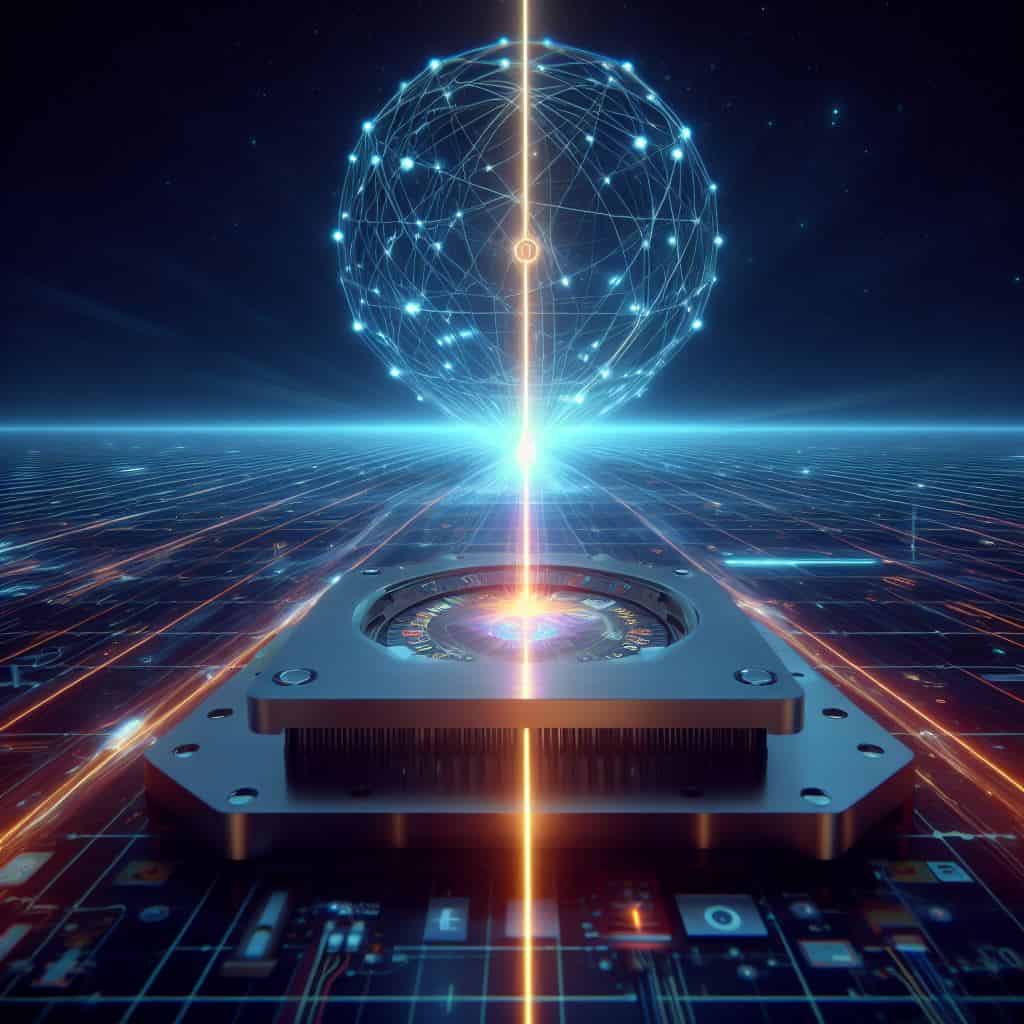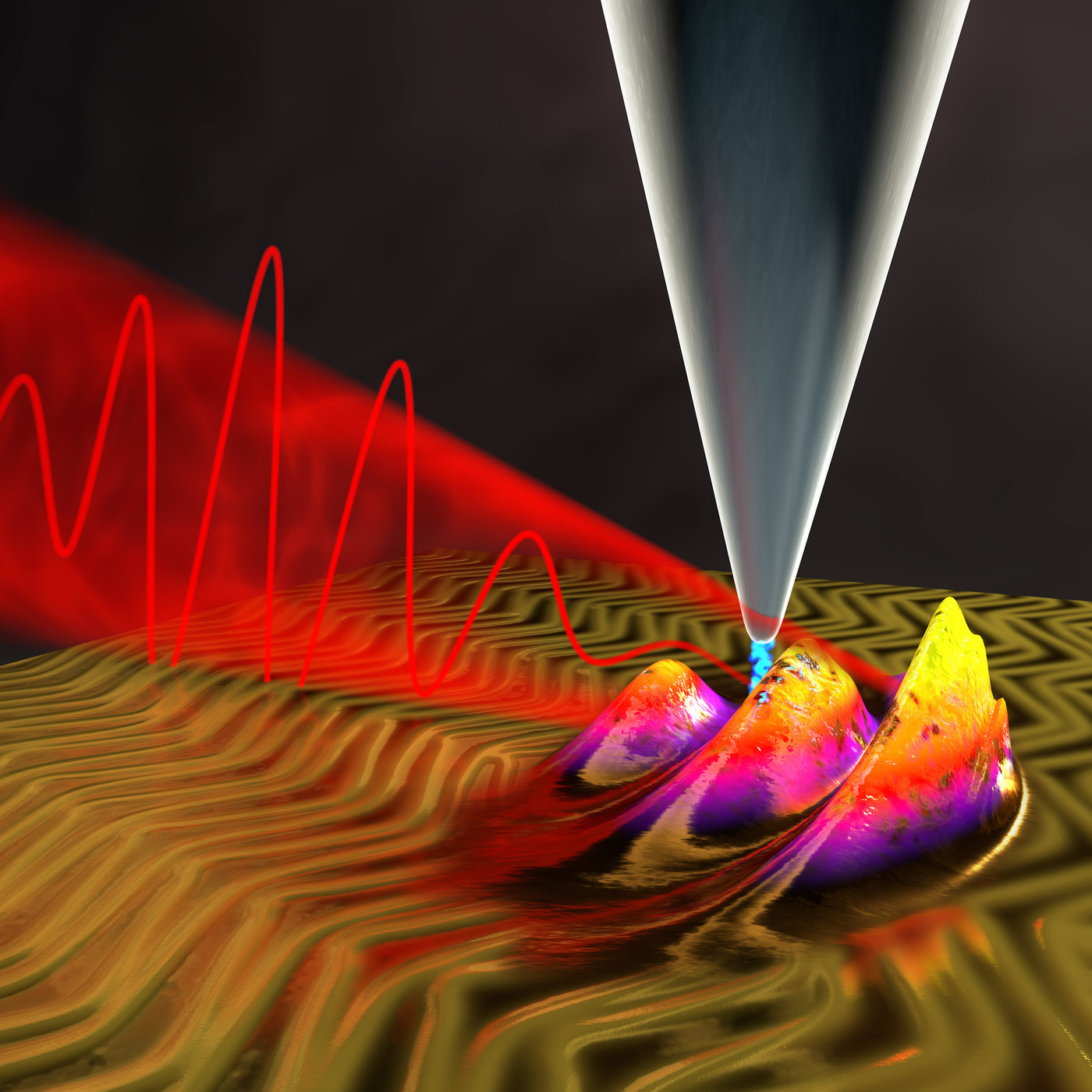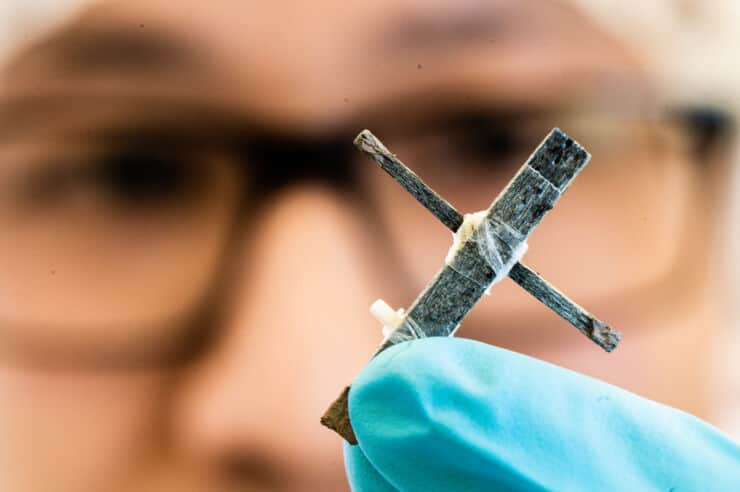
The 2023 Nobel Prize in Physics celebrates the cutting-edge field of attosecond physics, with Pierre Agostini, Anne L’Huillier, and Ferenc Krausz being honoured for their pioneering work. Their research involved using ultra-short light pulses – measured in attoseconds, or billionths of a billionth of a second – to explore the rapid processes occurring within atoms. This groundbreaking method has greatly enhanced our understanding of electron behaviour, with implications for various fields, including electron microscopy, electronics, and early disease diagnosis. The trio’s work could also lead to advancements in computing speeds through the development of light wave technology. L’Huillier’s win marks a significant moment, as she becomes the fifth woman to receive the esteemed Physics Nobel.
- Nobel laureates Agostini, L’Huillier, and Krausz pioneer attosecond physics, revealing electron behaviors with ultra-short light pulses.
- Attosecond technology advances electron microscopy, electronics, early disease diagnosis, and holds potential for super-fast computing.
- Anne L’Huillier’s win marks progress in gender diversity, making her the fifth woman to receive the Physics Nobel.
Shedding light on attosecond physics
The field of attosecond physics, while relatively nascent, has already made substantial strides in the scientific community. One of the primary achievements in this area is the development of ultra-short light pulses measured in attoseconds (10^-18 seconds). For context, an attosecond is to a second what a second is to the age of the universe, an almost unimaginable brevity. This ultra-short measurement scale has enabled researchers to delve into the minute processes occurring within atoms, specifically the rapid movements and energy changes of electrons.
The laureates, Pierre Agostini, Anne L’Huillier, and Ferenc Krausz, are recognised for their efforts in creating these attosecond light pulses. Based at Ohio State University and the Max Planck Institute of Quantum Optics, the trio’s work has enabled the scientific community to “capture the shortest of moments”. This has effectively opened a window into a world that German physicist Werner Heisenberg once claimed, back in 1925, could not be seen.
Implications of attosecond lasers
The ability to measure in attoseconds has provided valuable insights into electron behaviour, thanks to the team’s innovative technique using lasers. Previously, the rapid movements of electrons blurred together, making them impossible to observe individually. However, the pioneering work of Agostini, L’Huillier, and Krausz has changed this, enabling scientists to study the individual movements of electrons in unprecedented detail.
These breakthroughs have significant practical implications. By understanding the movements of electrons, scientists can develop more effective electron microscopes and electronic devices. The technology also has potential applications in the medical field, notably in early disease diagnosis. Additionally, the insights gained from studying electrons at this scale can inform the assembly of molecules and the sequence of events that occur during these processes.
From snapshot to HD: Filming the quantum world
While attosecond physics has traditionally provided snapshots of electrons against a vague atomic background, recent advancements have enabled researchers to film the quantum world in high-definition. Scientists at the Max Planck Institute for Solid State Research have combined a scanning tunneling microscope with ultra-fast laser pulses, overcoming the limitations of each method and offering greater precision in locating an electron on an atom. This development is akin to upgrading from a grainy snapshot to a high-definition video, significantly enhancing our understanding of the atomic world.

The attosecond laser pulses used in this technology expose each frame of electron footage for a few hundred attoseconds, tracking electron movements at the atomic level with unprecedented clarity. This not only offers insights into the creation of faster and smaller electronic components but also paves the way for light wave technology that could potentially make computers millions of times faster.
Awarding recognition and encouraging diversity
The recognition of this significant work with the 2023 Nobel Prize in Physics highlights both the importance and potential of attosecond physics. The laureates’ groundbreaking research has not only enriched our understanding of the atomic world but also established a new frontier in physics, pushing the boundaries of what we can observe and measure. Furthermore, the award represents a significant milestone in promoting gender diversity in the field. Anne L’Huillier’s win, as the fifth woman to receive the Physics Nobel, underscores the importance of encouraging and recognising women’s contributions to physics.







